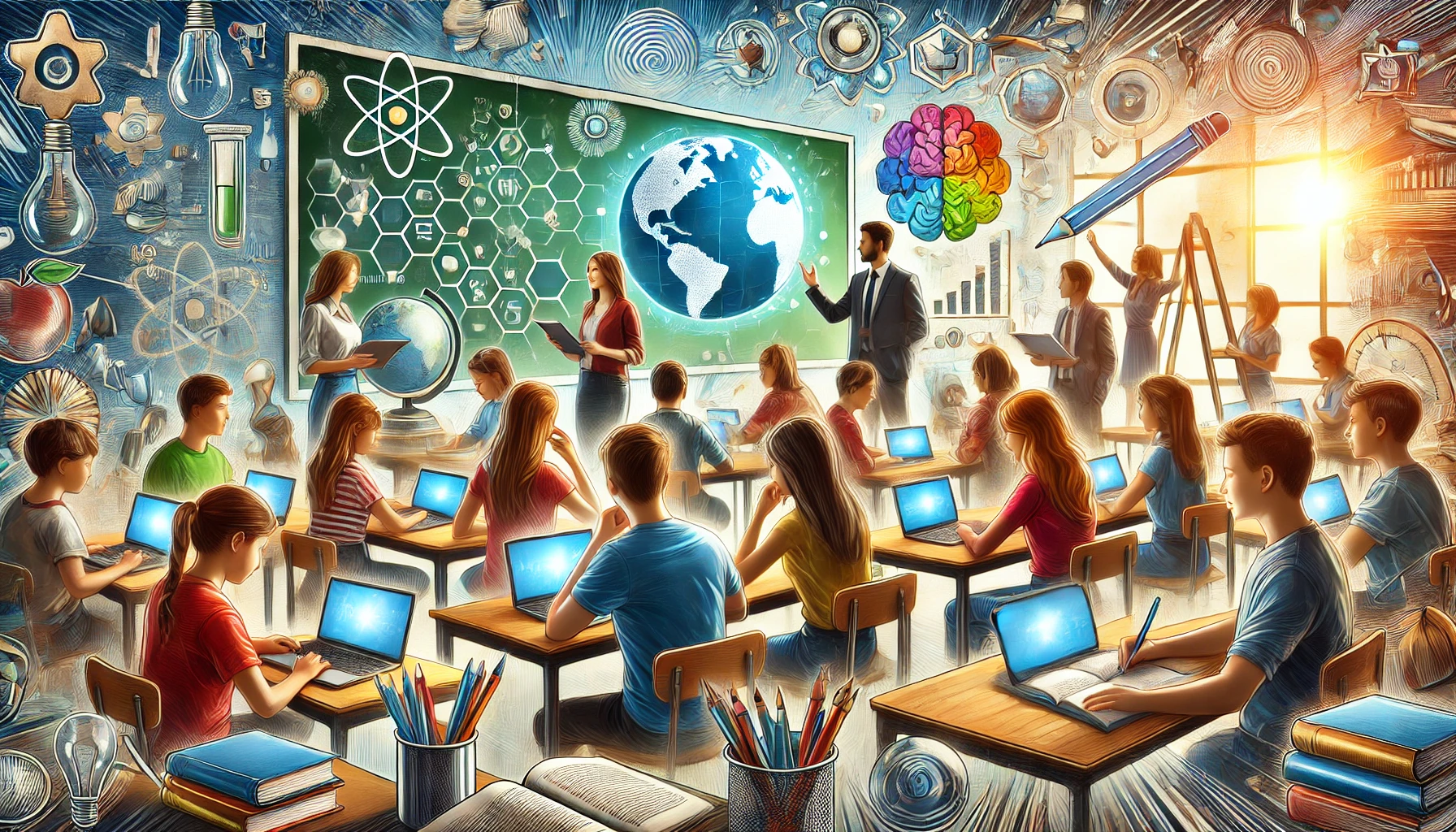“Education is the most powerful weapon which you can use to change the world.”— Nelson Mandela
Dear readers,From ancient times ,there has been very much emphasis on education in our country as we found ashram vyawastha ,gurukuls, Universities like Nalanda ,takshashila,vikramshila etc where different types of education be it academic or practical or spiritual.Every student was nurtured comprehensively but over the period of time there has be ups and downs in our education system.so here we will know about education,it’s various forms, present situation of education and much more about it .
Meaning of education
Education is a lifelong process that occurs through various formal and informal means, helping individuals grow as competent and responsible members of society.It involves the holistic development of an individual’s intellectual, moral, physical, emotional, and social abilities.
What is digital education?
Digital education refers to the use of digital technologies, tools, and platforms to deliver learning content and experiences. It encompasses a wide range of learning modalities, from fully online courses to blended learning environments. The aim is to make education more accessible, flexible, and personalized through the integration of technology.
Examples:
Online courses and certifications (e.g., Coursera, Khan Academy).Virtual classrooms and digital assignments through platforms like Google Classroom.E-learning content such as educational apps, YouTube tutorials, and podcasts.
Advantages:
Provides access to education globally, overcoming geographical barriers.
Enables personalized learning paths.Promotes self-paced and continuous learning.
Challenges:
Requires digital literacy and access to reliable technology.
May reduce face-to-face interaction and traditional classroom experiences.
Can lead to distractions if not managed properly.
what is vocational education?
Vocational education (or vocational training) focuses on providing practical and job-specific skills that prepare individuals for particular trades, careers, or occupations. Unlike academic education, which emphasizes theoretical knowledge, vocational education is skills-based and directly linked to employment.
Key Features:
Practical Training: Hands-on learning through workshops, labs, and apprenticeships.
Job-Oriented: Designed to prepare individuals for specific careers or industries, such as engineering, healthcare, information technology, etc.
Industry-Relevant Curriculum: Often developed in partnership with industries to ensure learners gain skills relevant to the job market.
Certification: Offers certificates or diplomas that are recognized by employers and industry bodies.
Apprenticeships and Internships: Work-based learning experiences that allow students to gain real-world experience while studying.
Examples:
Courses in fields like plumbing, electrical work, carpentry, mechanics, cosmetology, and culinary arts.Training programs in software development, IT networking, and graphic design.Apprenticeship programs where learners work under experienced professionals in their chosen field.
Advantages:
Provides direct pathways to employment.Shorter and more focused than traditional academic programs.Meets the demand for skilled workers in various industries.
Challenges:
Can be seen as less prestigious than academic education in some cultures.Limited to specific skills, which may reduce flexibility for career changes later in life.Constant need to update skills as industries evolve with new technologies.
Both digital and vocational education play important roles in modern learning, with digital education providing accessible and flexible learning solutions, and vocational education ensuring that individuals acquire the practical skills needed for the workforce.
thanku .
